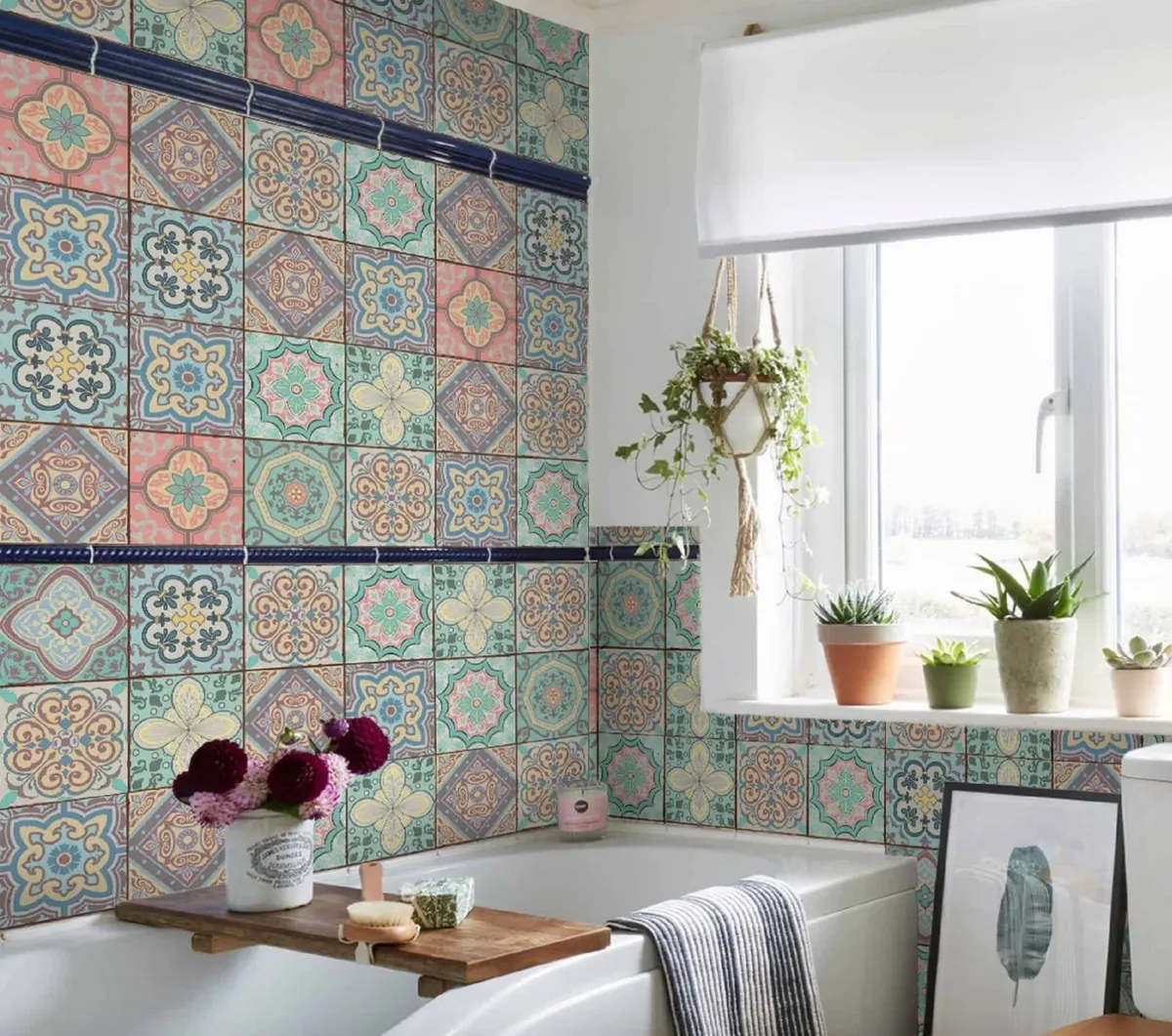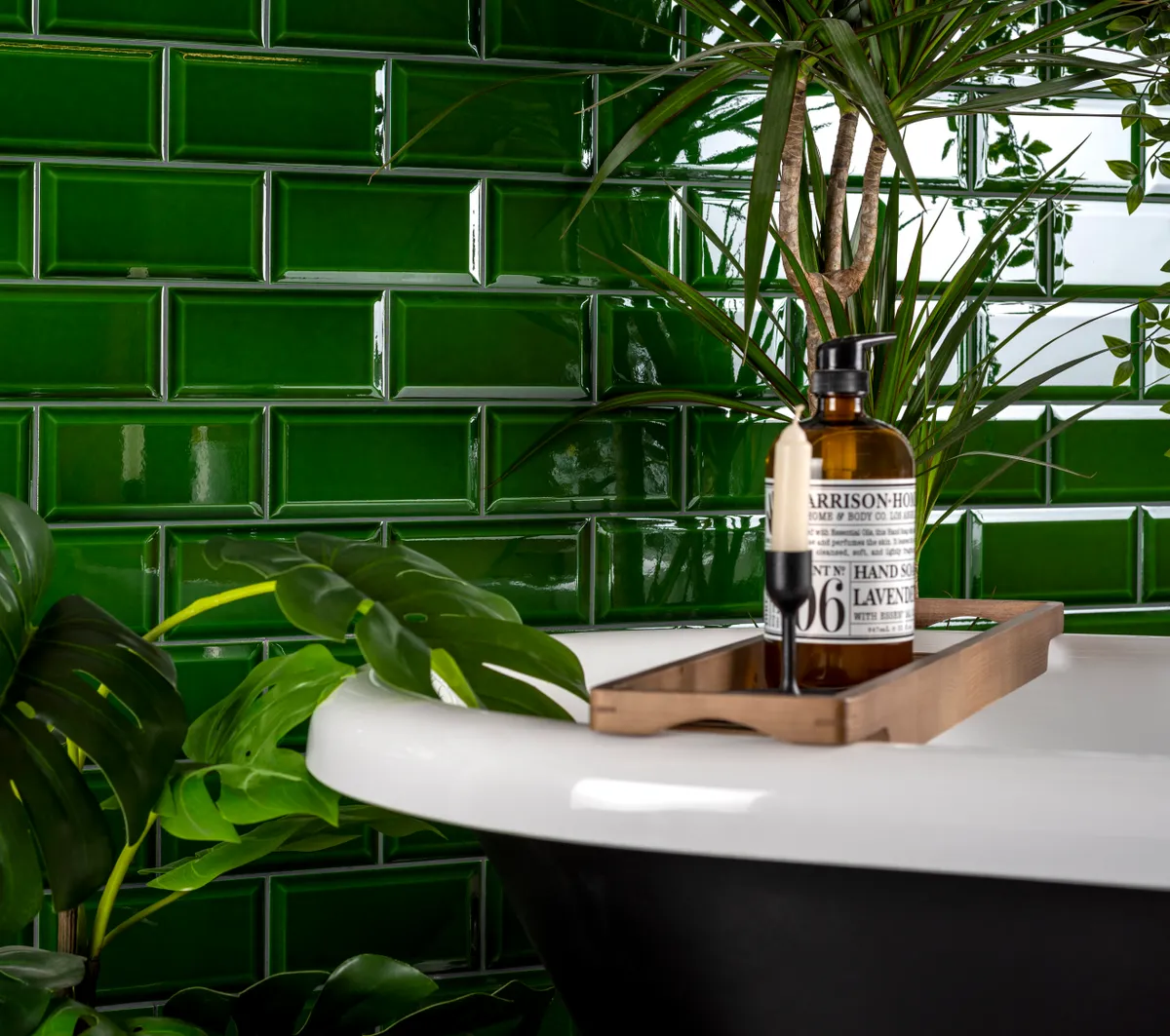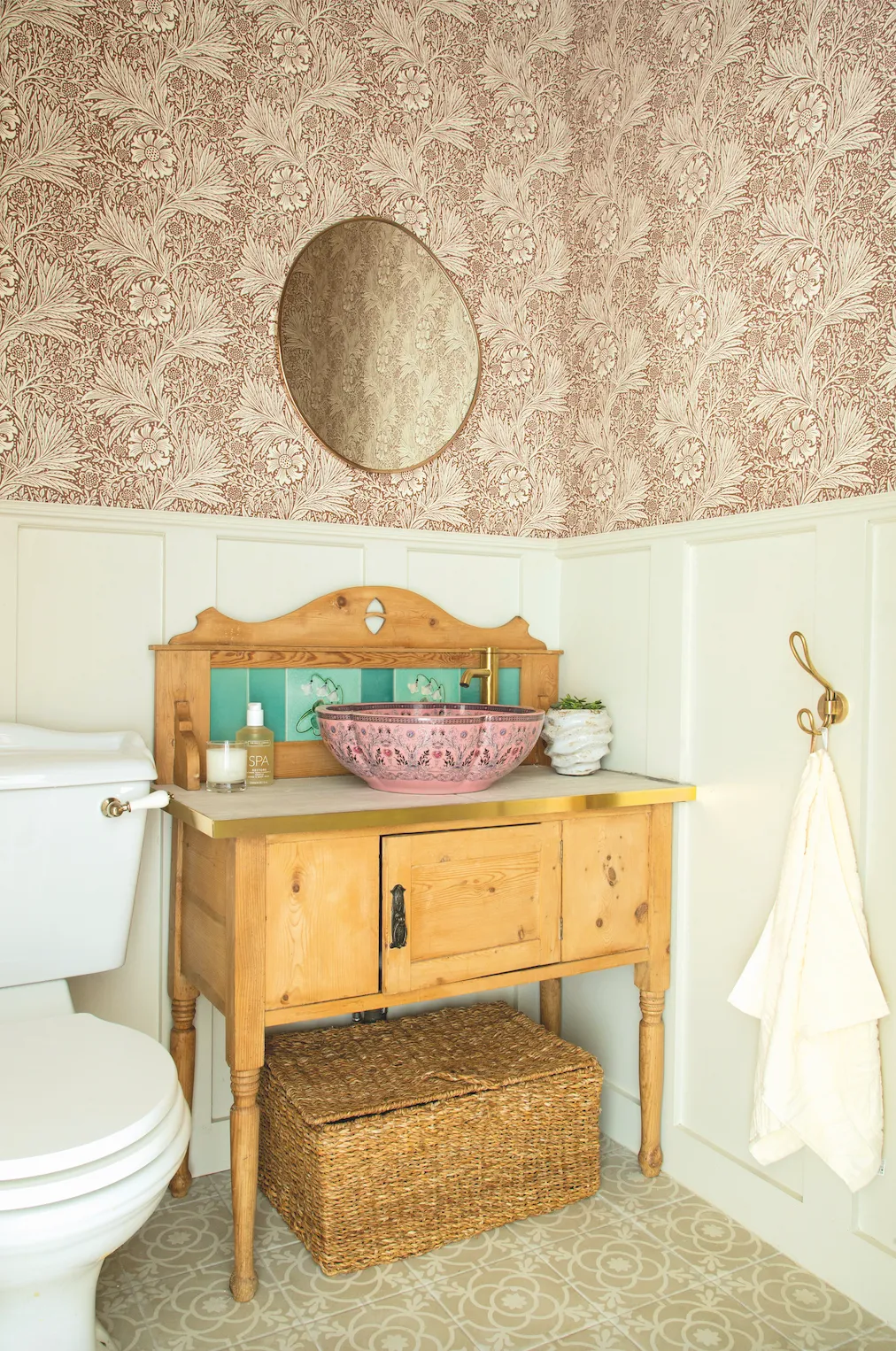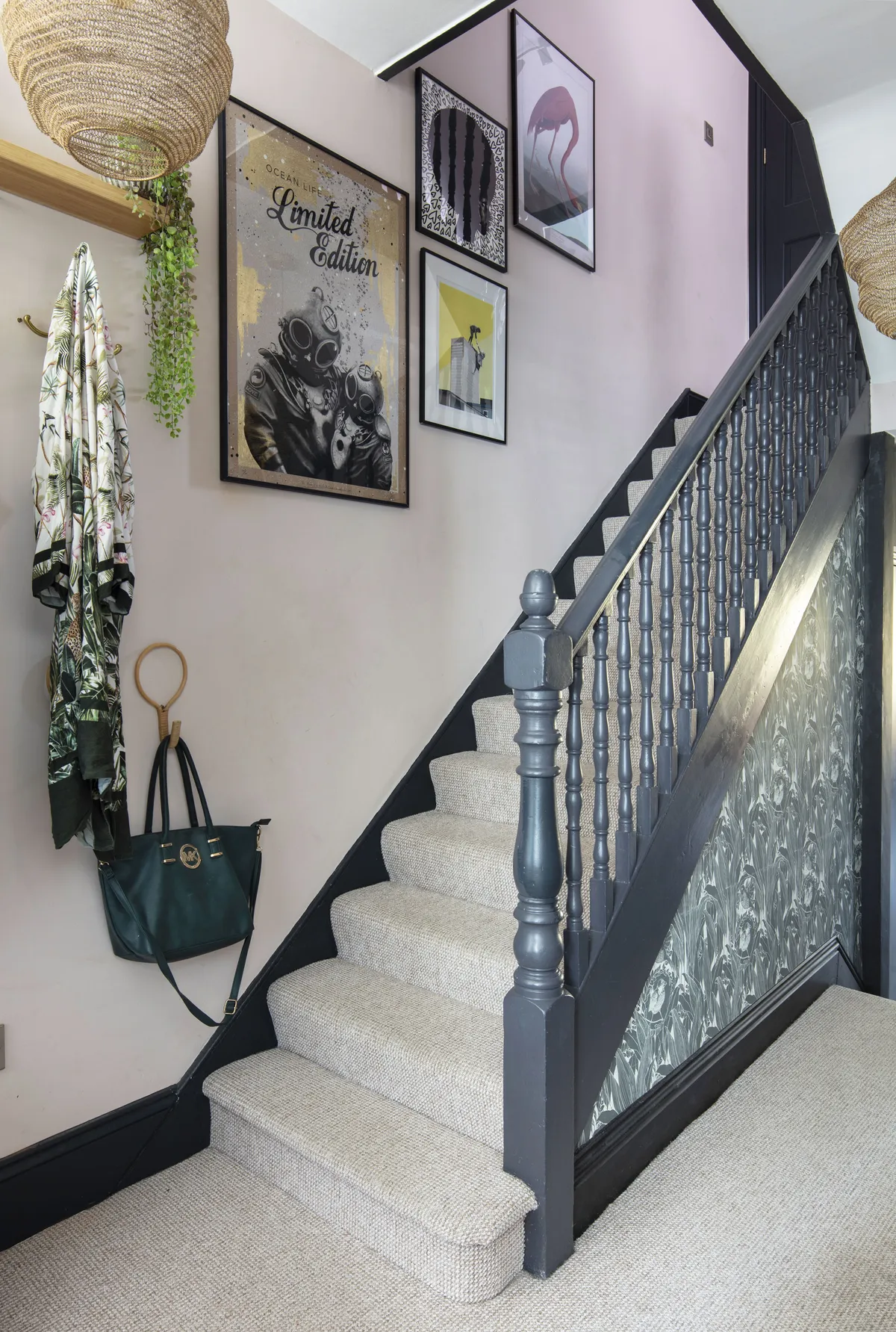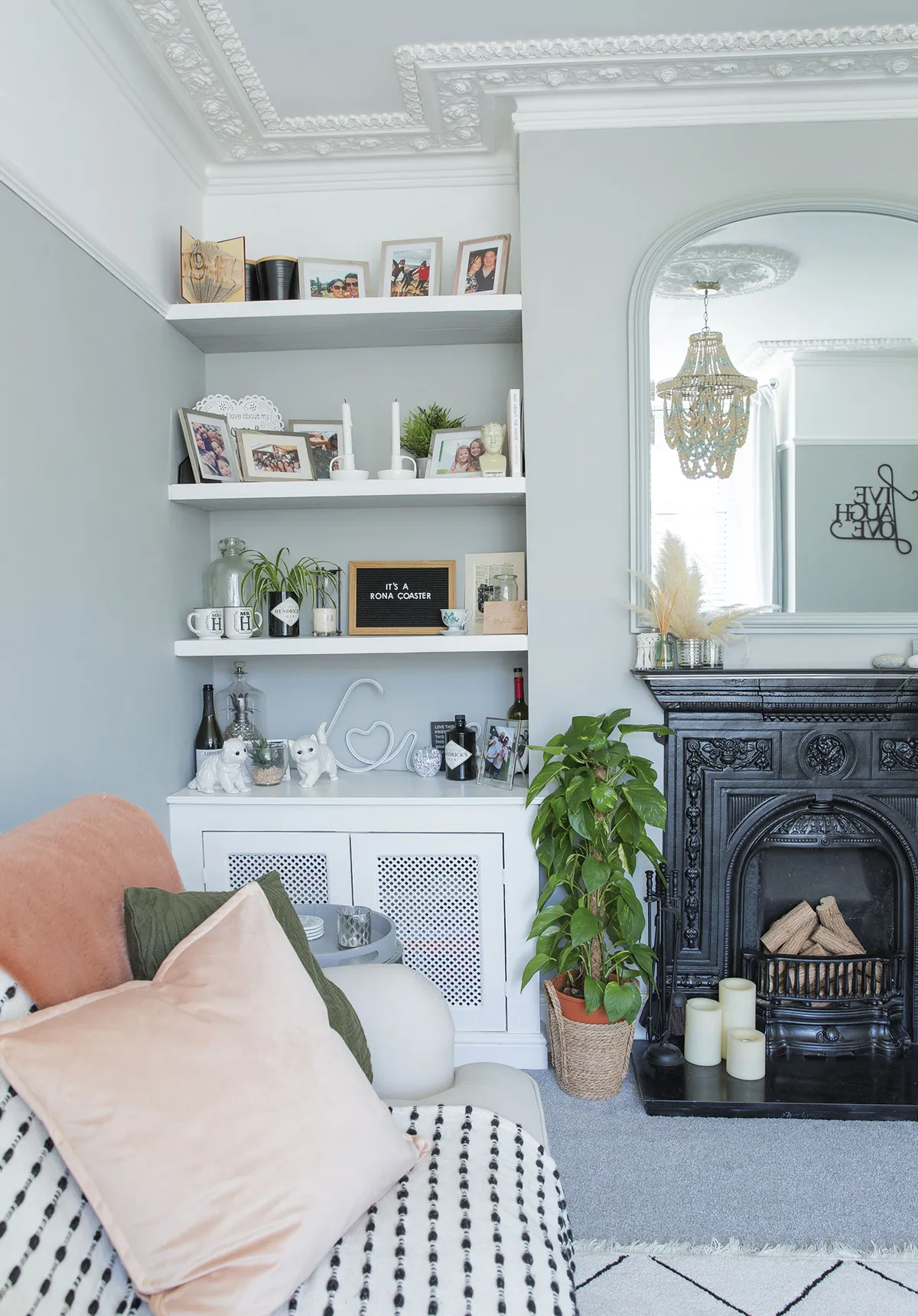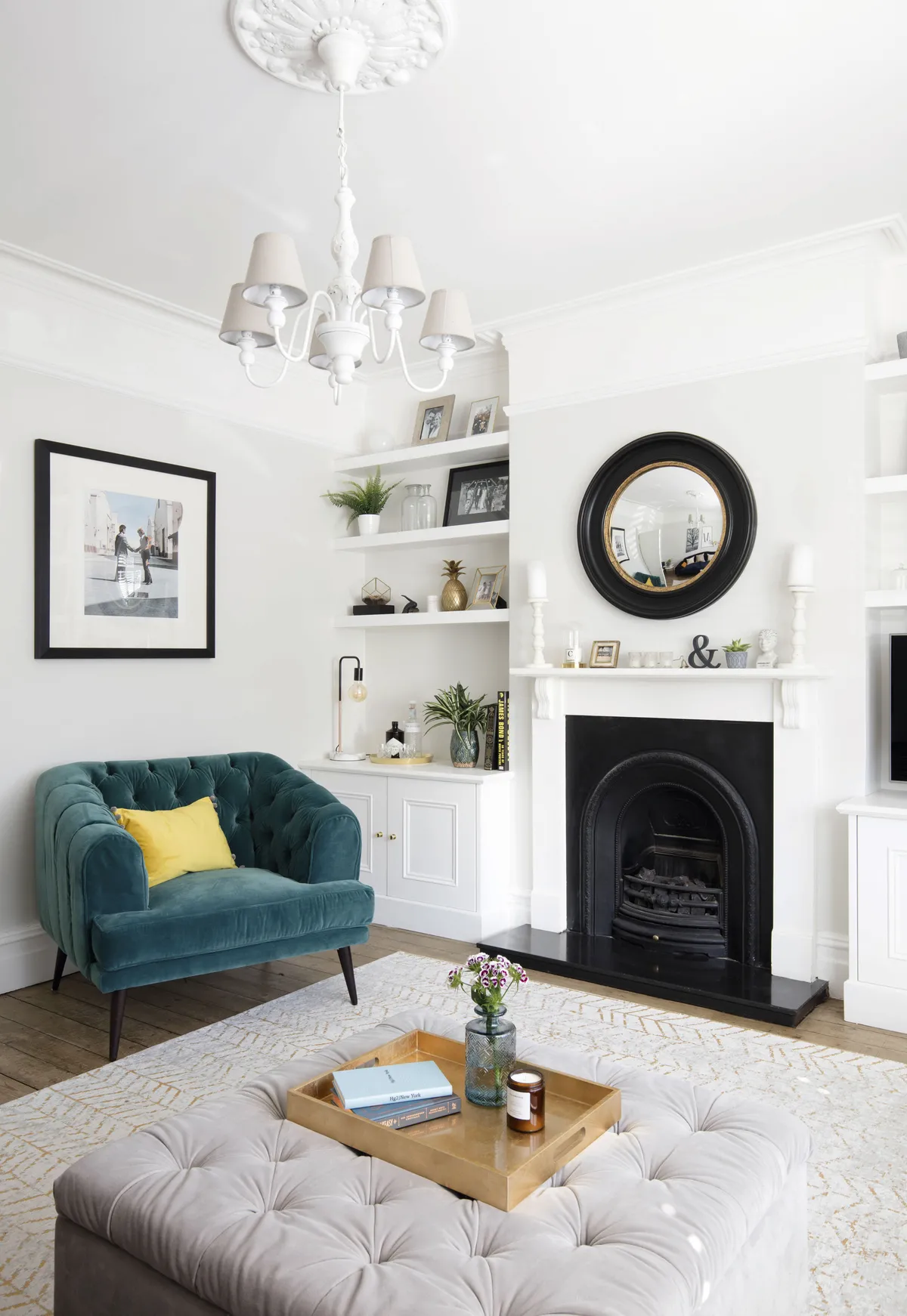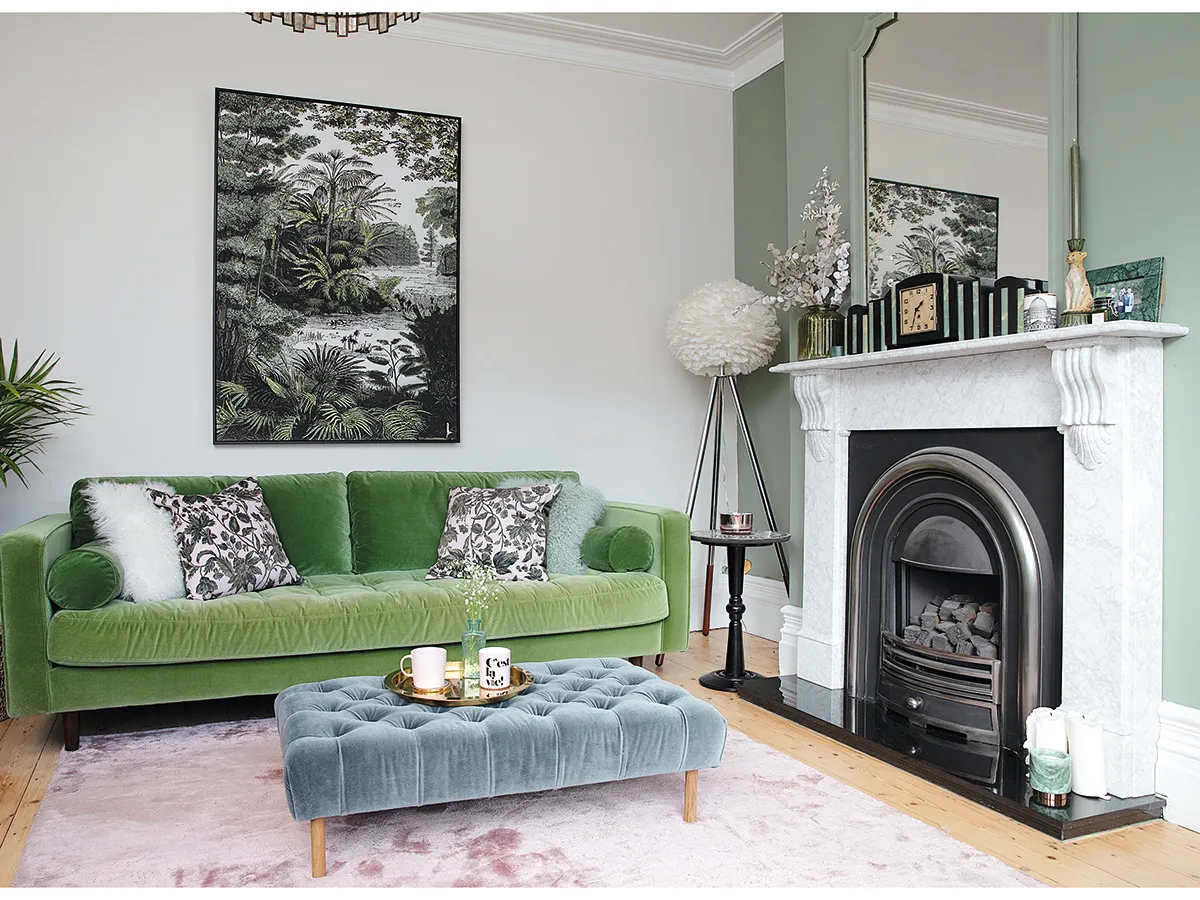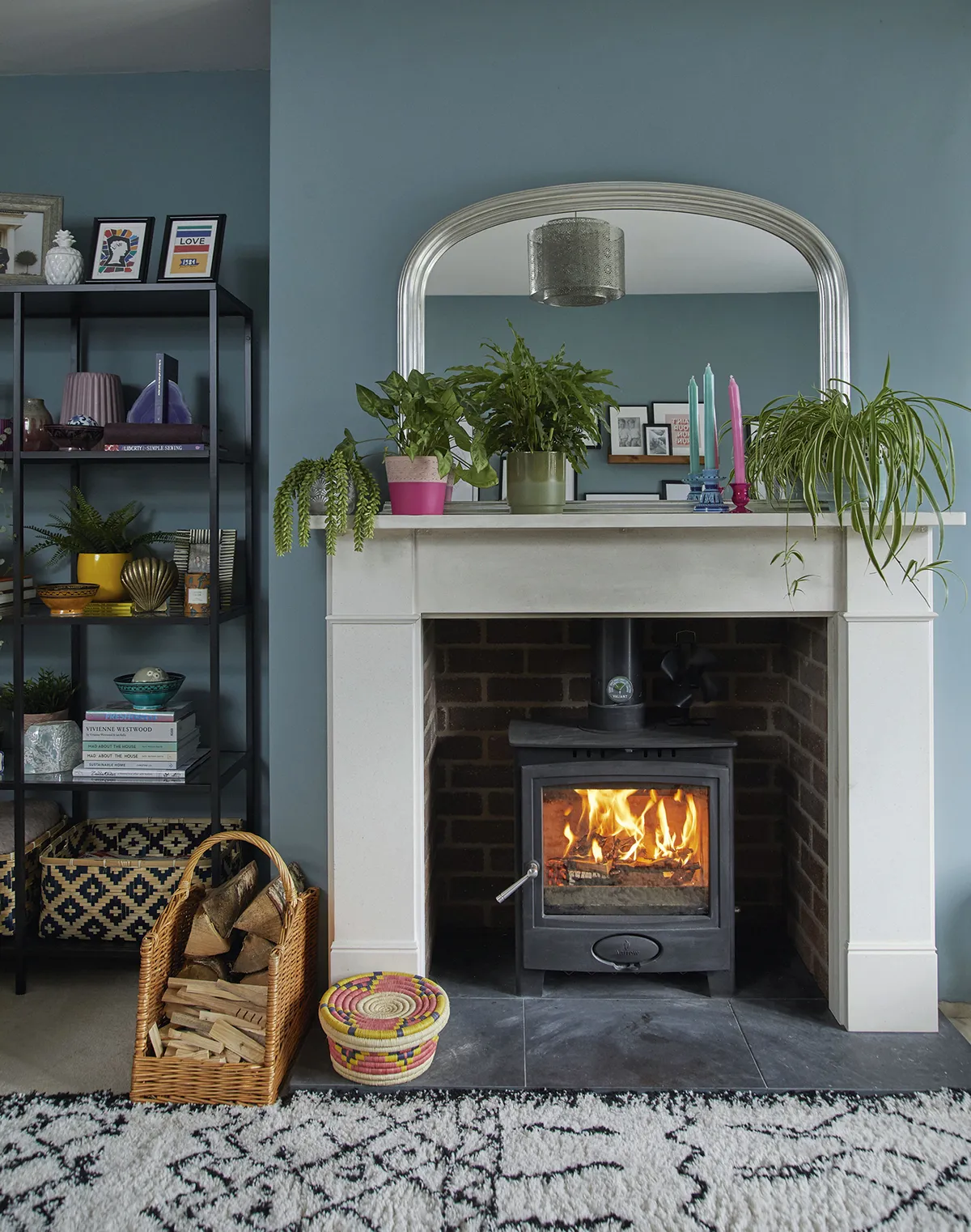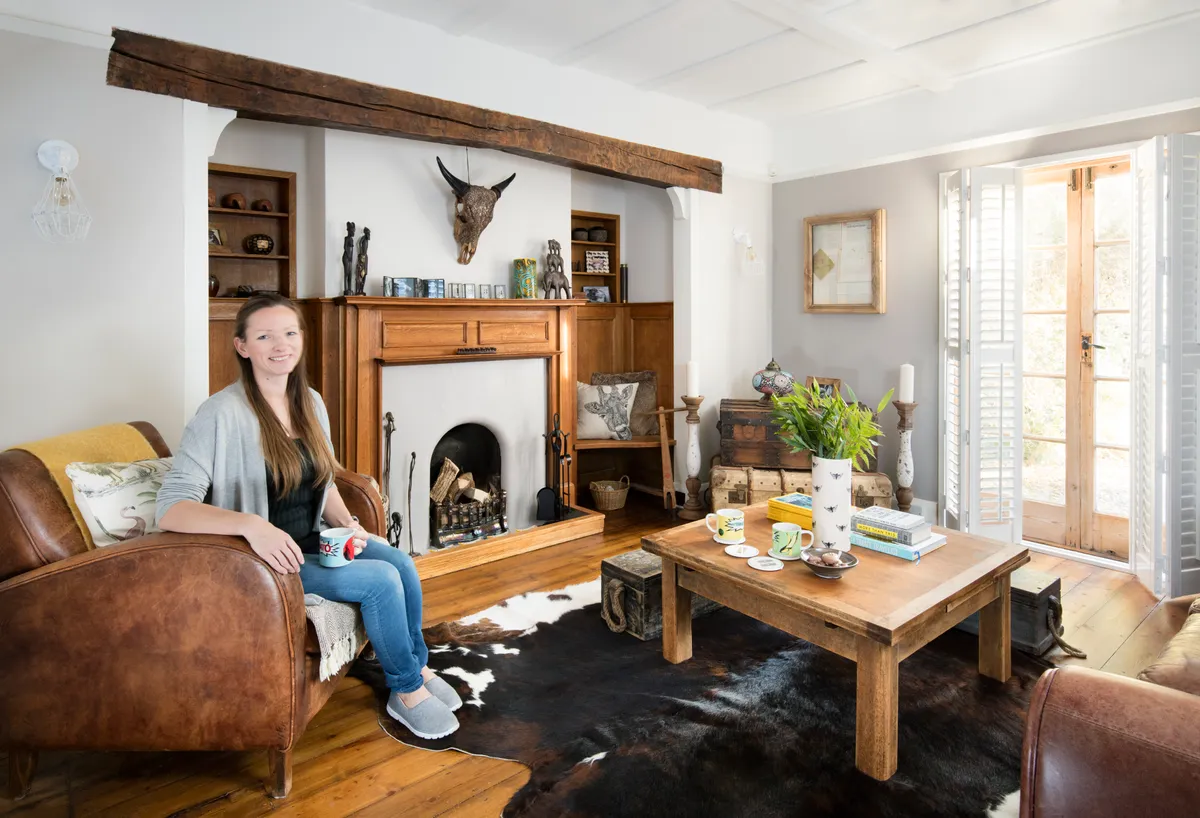The elegance and sophistication of Victorian period decor makes it a perennially popular choice when it comes to interior design.
The era lasted for nearly seven decades, and was the setting for a variety of aesthetics, from Art Nouveau to Arts and Crafts.
While Victorian-inspired style might be rooted in the design influences of the 19th century, over the ensuing decades its appeal has proved to be timeless.
If you're a fan of Victorian style and you're looking to incorporate it into your home, the living room is a great place to start. As a versatile, multi-use room, it offers plenty of options to experiment with furniture, lighting and decoration.
More living room ideas
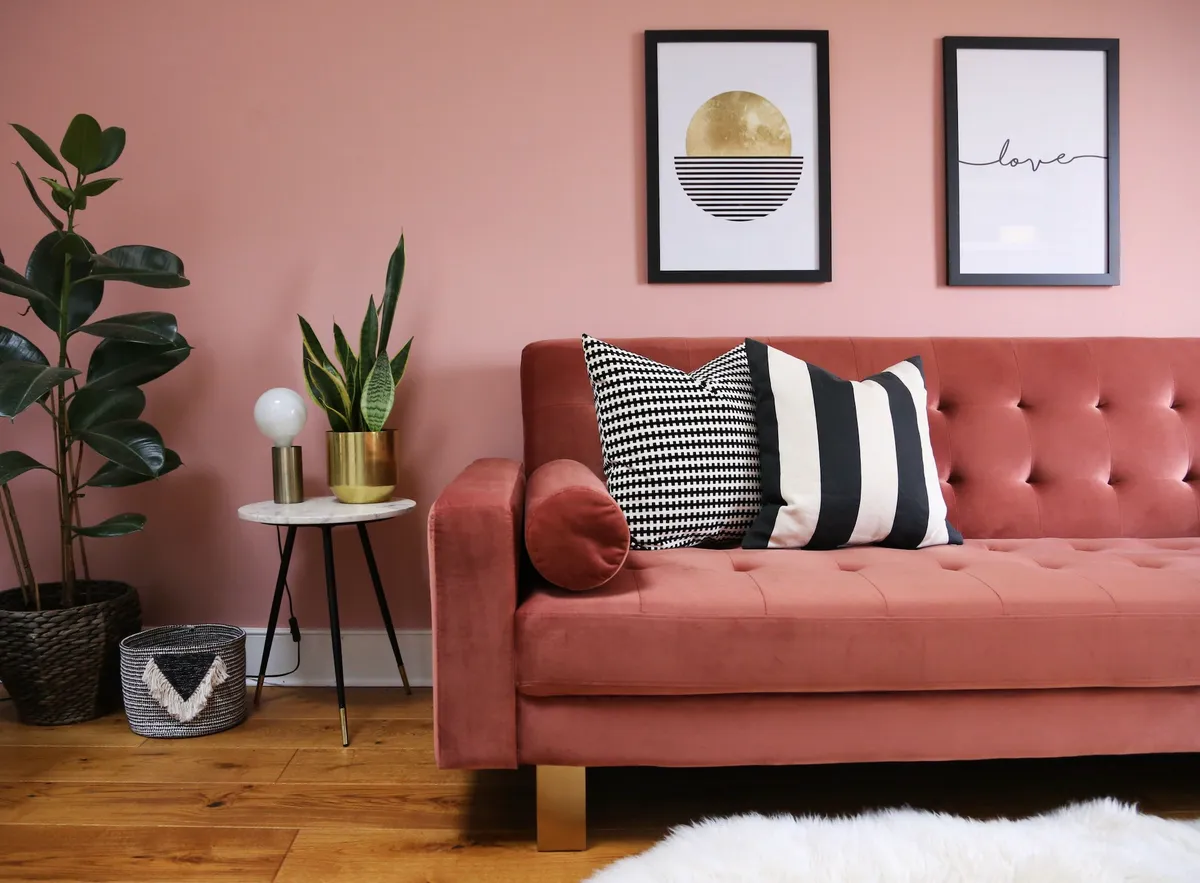
To get you started, we've put together some tips and ideas for how to use Victorian period decor in a 21st century living room. Read on for inspiration about everything from tiles to lighting!
Victorian living room furniture
As a basic guide, Victorian household furniture was most commonly made from darker woods like walnut or mahogany. There was a wide diversity of styles, from dramatic medieval-inspired Gothic Revival, to Arts and Crafts furniture with its emphasis on nature and craftsmanship, but the unifying aspect across the period was a taste for grandeur and formality.
Do your research so you know exactly what you're looking for - our Victorian period style guide is the perfect place to start.
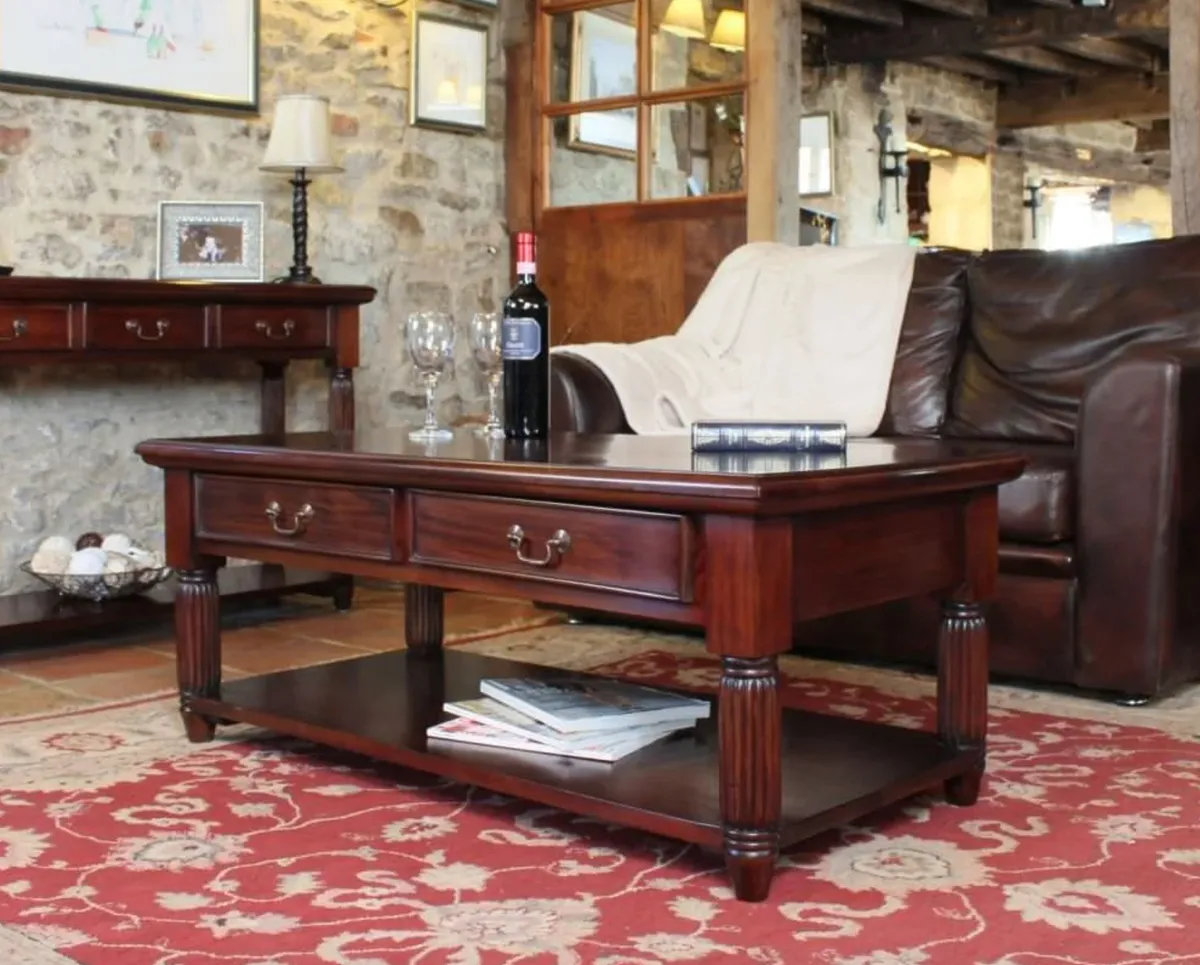
When it comes to soft furnishings, look for button-back armchairs and sofas with swooping wingback sides - these were intended to protect the sitter from draughts, but have become an icon of Victorian style.
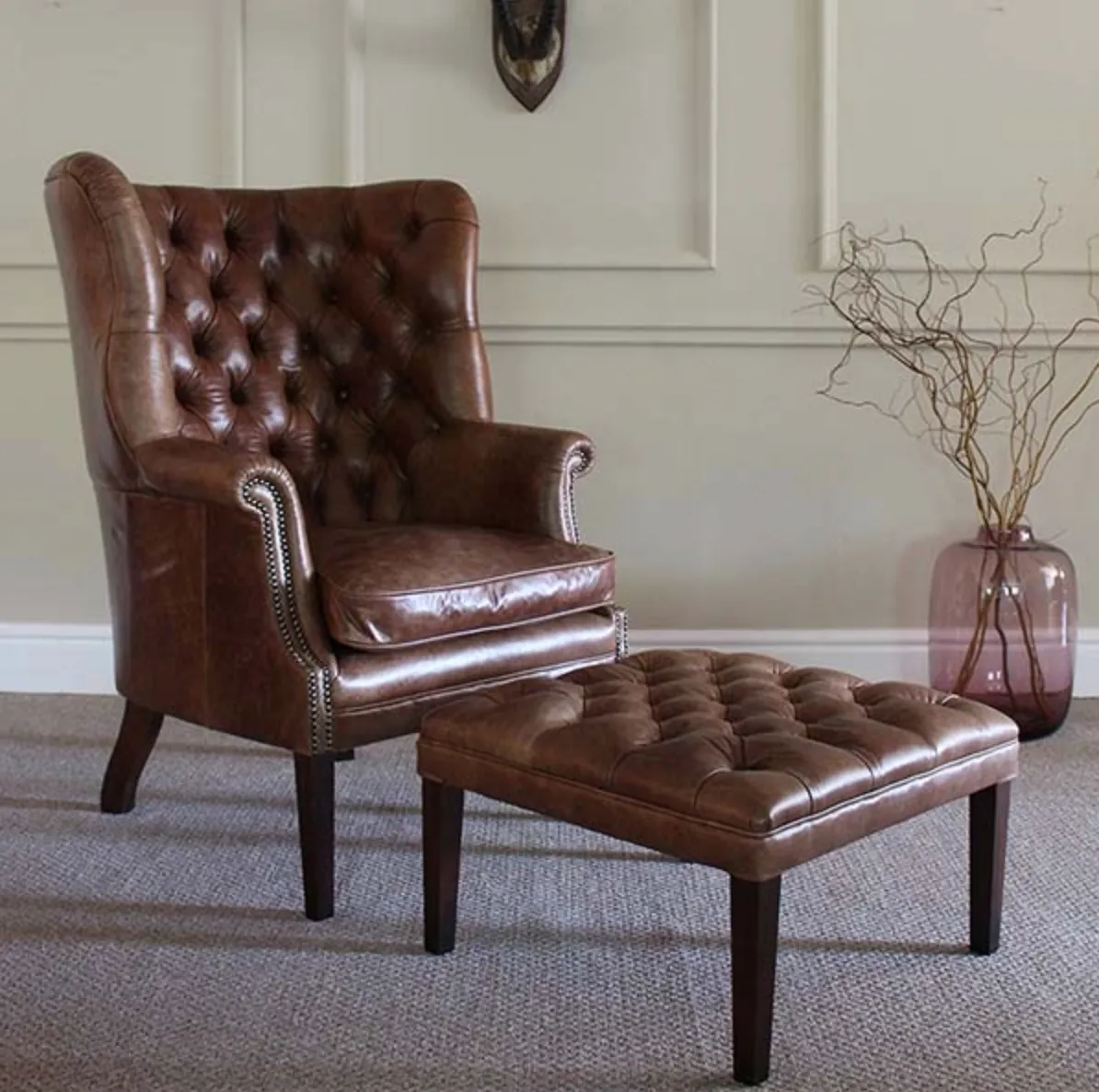
While you'll find no shortage of contemporary furniture influenced by Victorian styles, we also love searching second-hand shops and antiques warehouses to find original pieces to upcycle - it's not uncommon to discover some real hidden gems that only need a little TLC to return to their former glory.
Victorian tiles
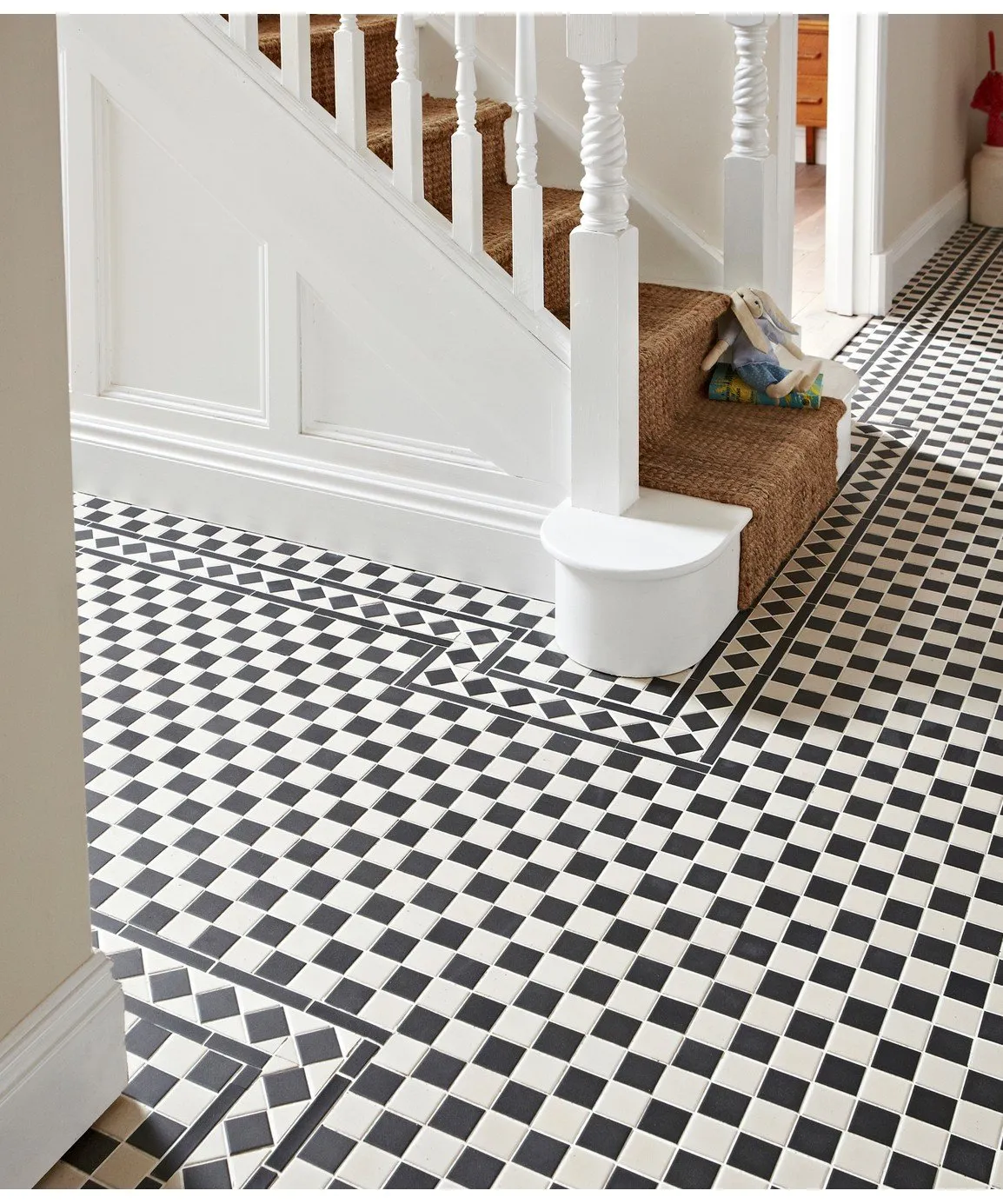
During the Victorian era, Britain's home-grown potteries industry was booming, and ceramic tiles were the height of fashion for homes of all social standings. These typically featured floral or ornately-patterned individual tiles, although simpler block colour or chequered layouts were also popular.
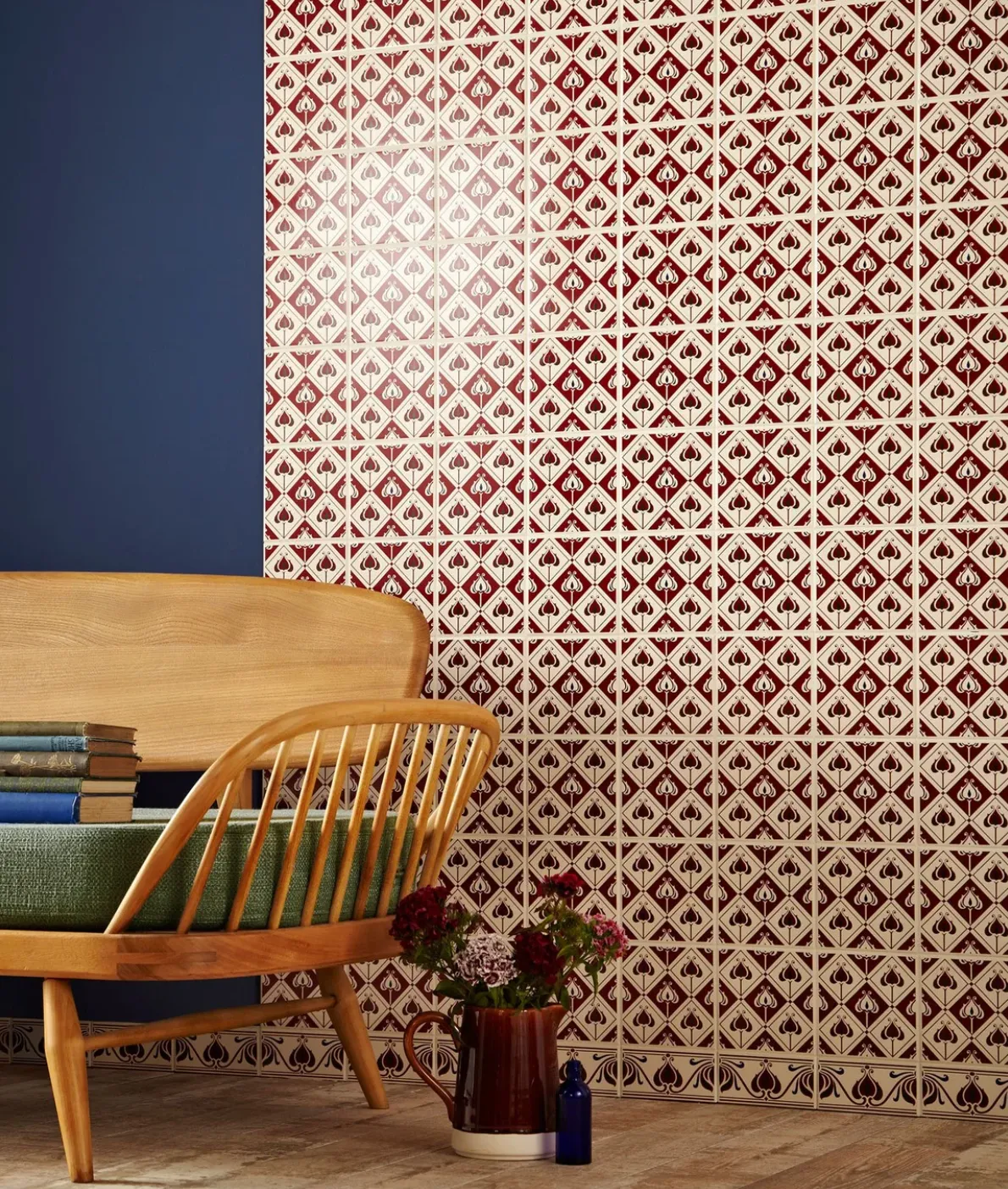
Minton were one of the largest firms - original Minton tiles can be seen in many prestigious buildings, including the Houses of Parliament and the Victoria & Albert Museum - and they have become shorthand for Victorian tile styles. Although the original firm closed its doors in the 1960s, the brand was purchased by Johnsons, so you can still buy Minton tiles inspired by original Victorian designs.
Victorian fireplace
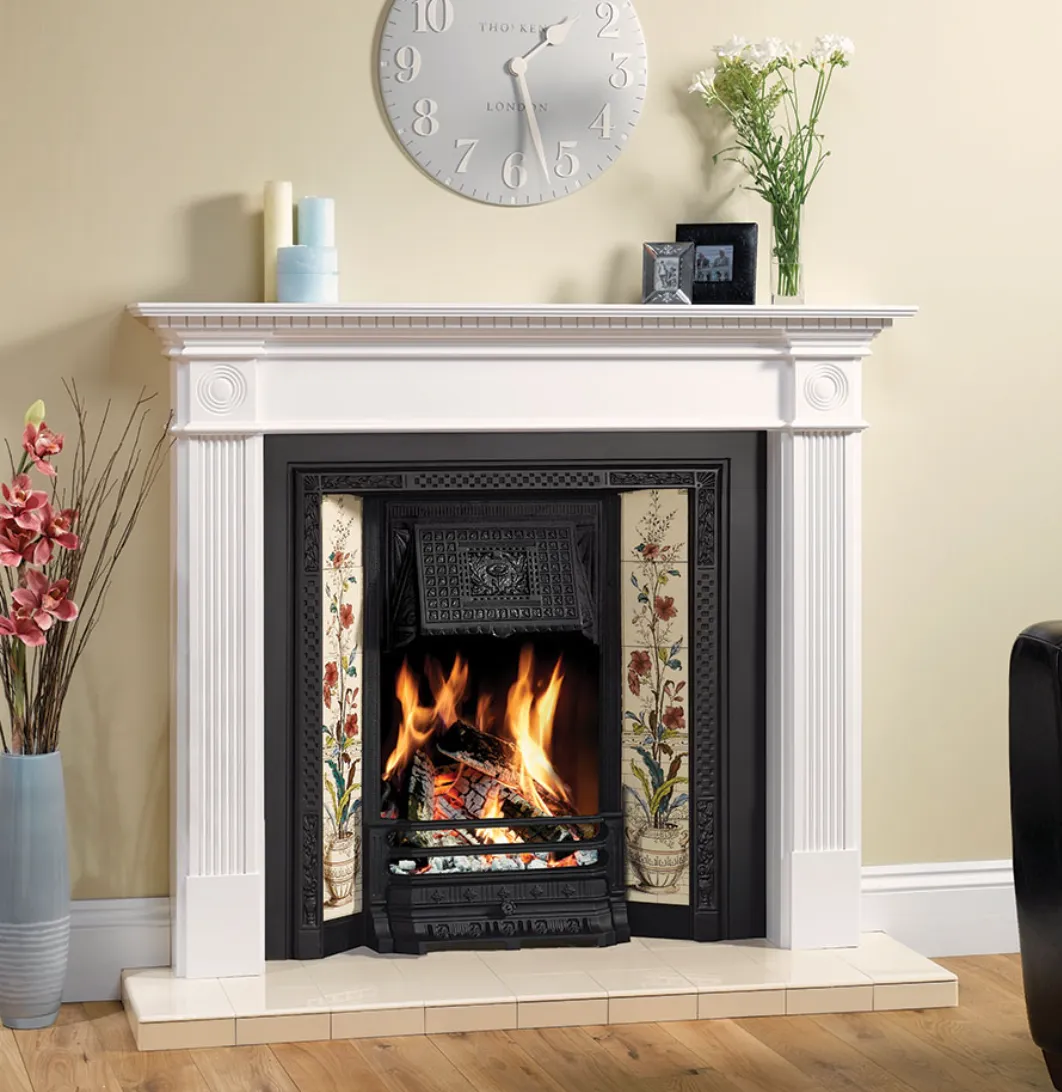
A well-to-do Victorian home would have had fireplaces in several rooms to keep the occupants warm. In the era of central heating this is no longer necessary, but a living room fireplace is still a staple of many period properties.
If you're lucky enough to have a hearth in your living room, you can restore it to its scene-stealing period glory by installing some vintage-look encaustic tiles around the fireplace. Floral designs were especially popular as panels either side of the fire, while the hearth floor itself was often tiled in monochrome patterns.
This works even if you don't have, or don't want, a fireplace. Instead, you could use the space to display something else - a wine rack, artwork or a vast of real or artificial flowers are all great ideas.
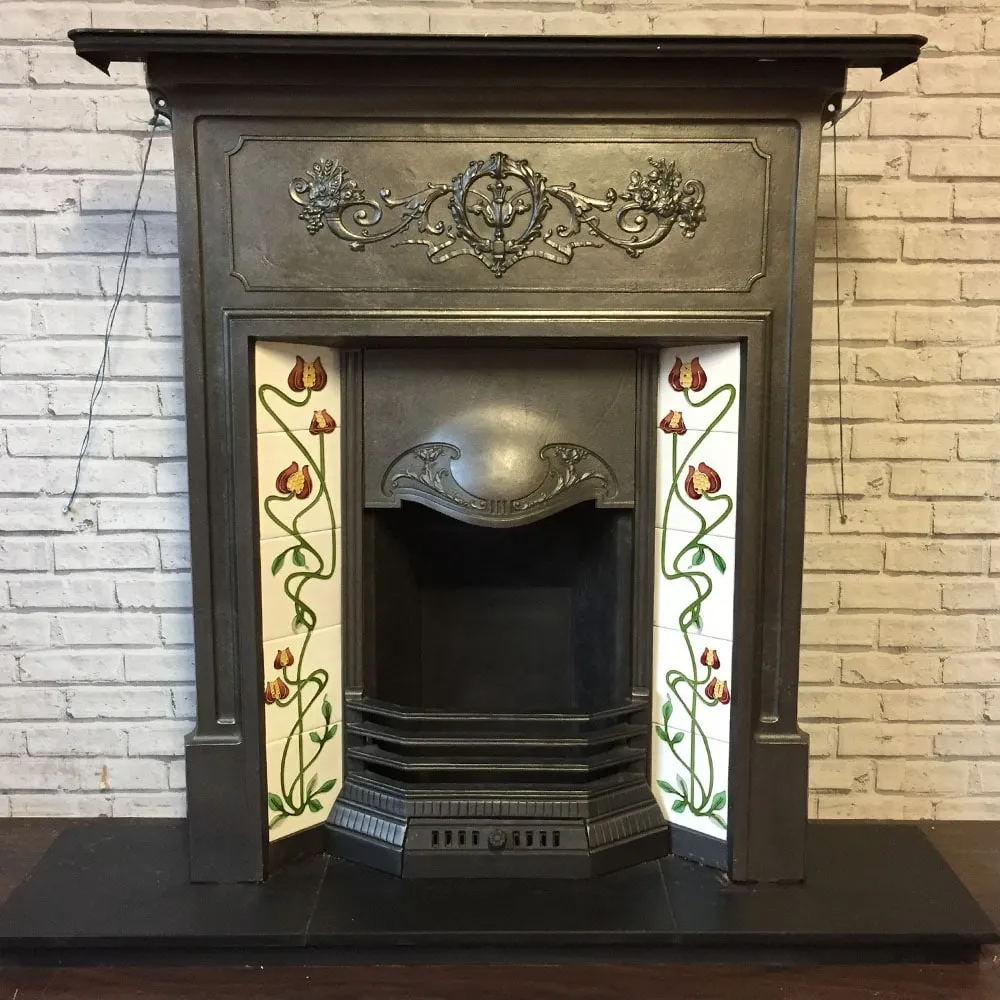
If you do want an antique fireplace, there are many retailers who offer Victorian-style models, and even some who specialise in restoring original pieces. You can even have a go yourself!
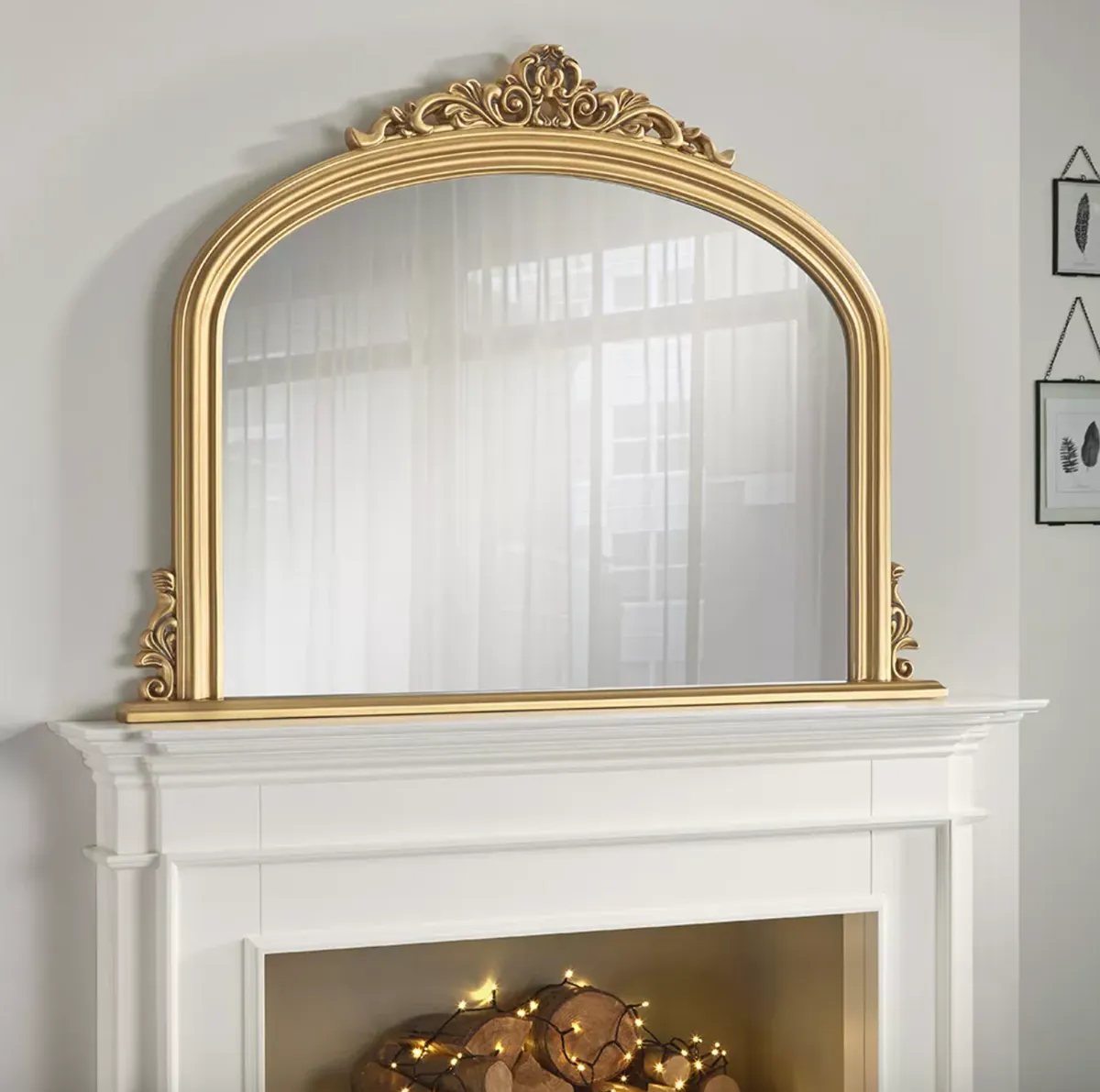
For an authentic look, style with antique or vintage-look accessories, such as pokers, shovels and hearth brushes. And to finish off your statement fireplace in classic Victorian fashion, you can hang a large mirror over the mantelpiece.
Victorian living room lighting ideas
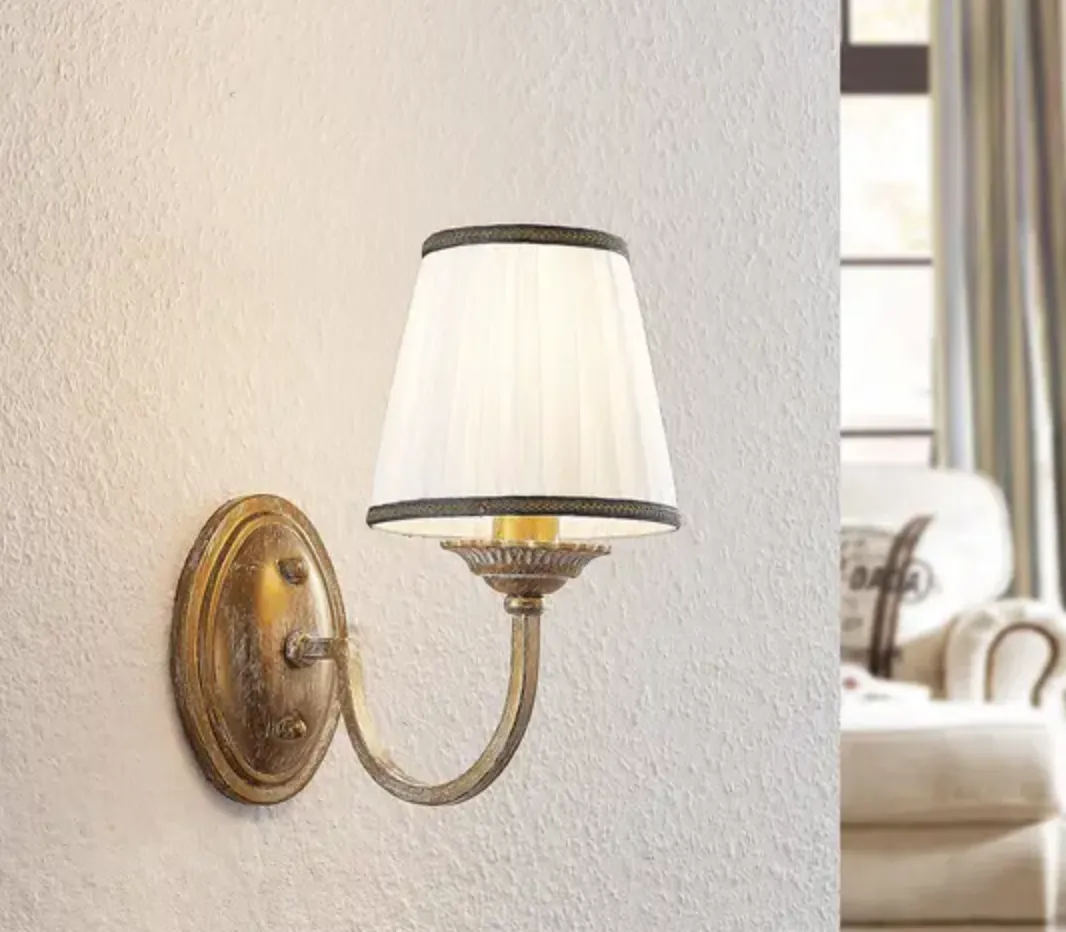
Gas lighting was perfected during the Victorian period as a cleaner and brighter alternative to the candlelight and smoky oil lamps which had previously been the standard way to light the home.
By the end of the Victorian period, many private homes were supplied with gas, which in turn led to a fashion for ornate glass shades. To emulate this in your 21st century home, look for stained glass, or shades with a frosted or fluted finish, or wall sconces in an aged metallic finish.
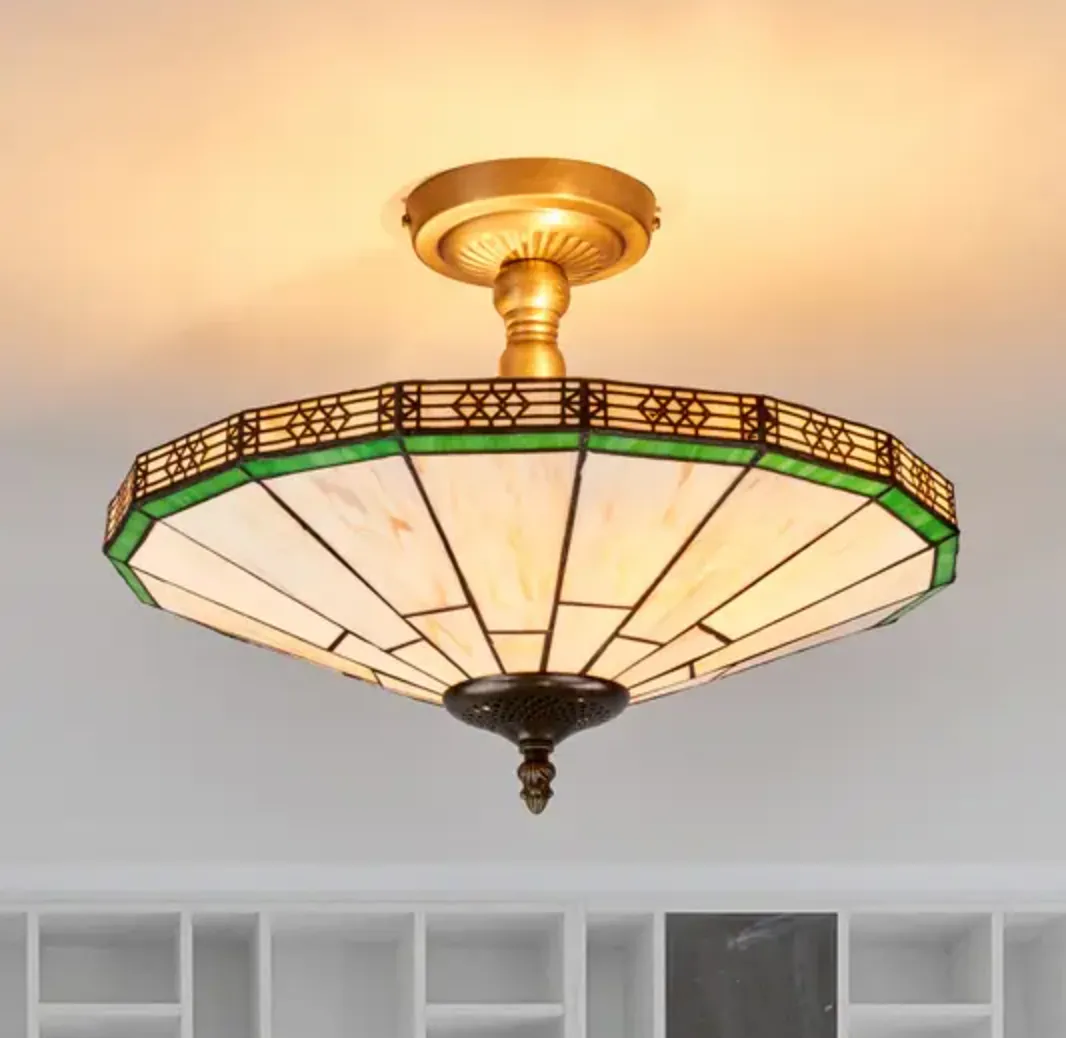
Even less well-off homes who still relied on kerosene oil lamps would make use of elegantly-shaped globes and chimneys.
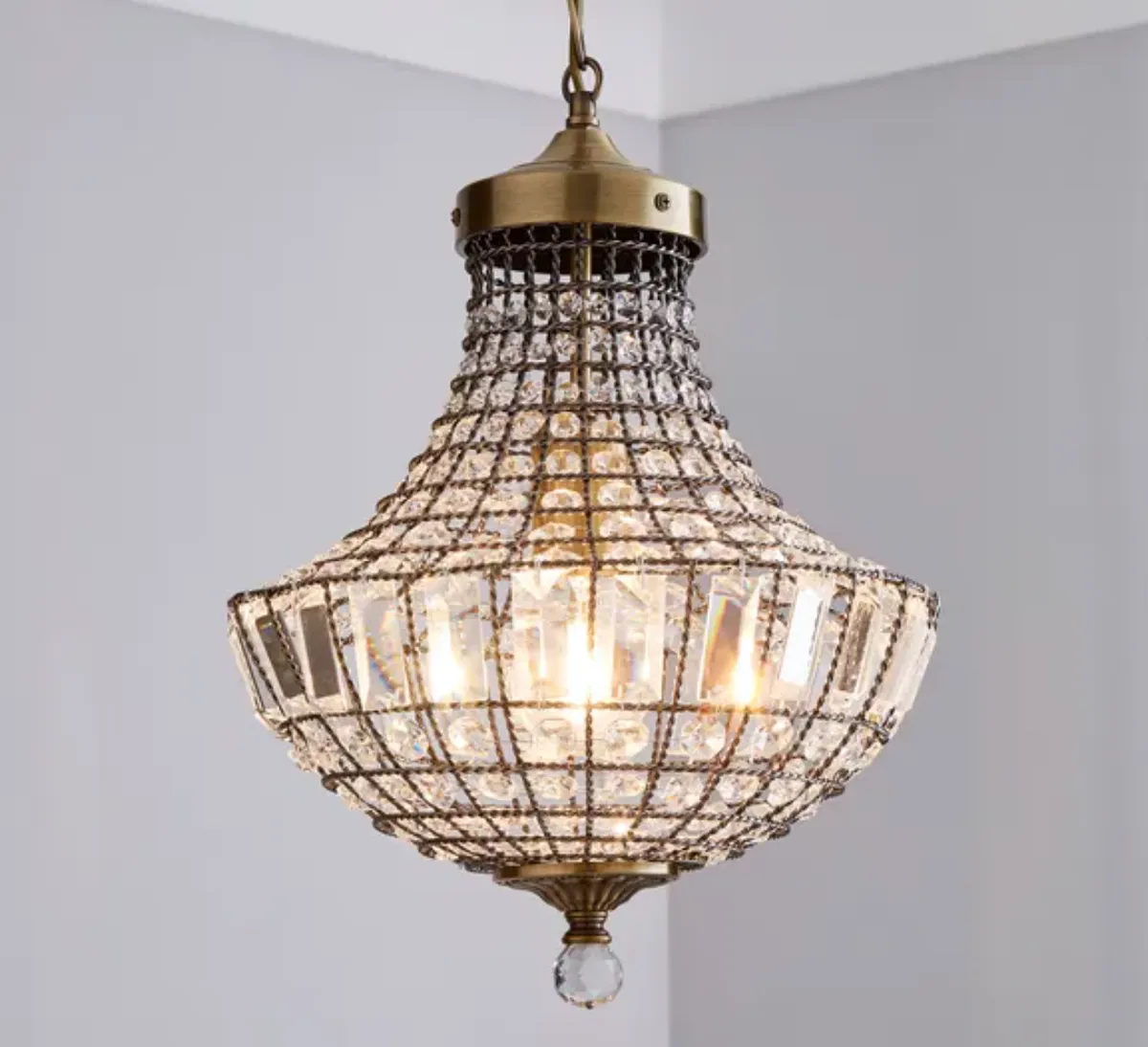
Cut-glass chandeliers would be found only in the wealthiest homes, but these days it's easy to find convincing reproductions made of more affordable materials.
